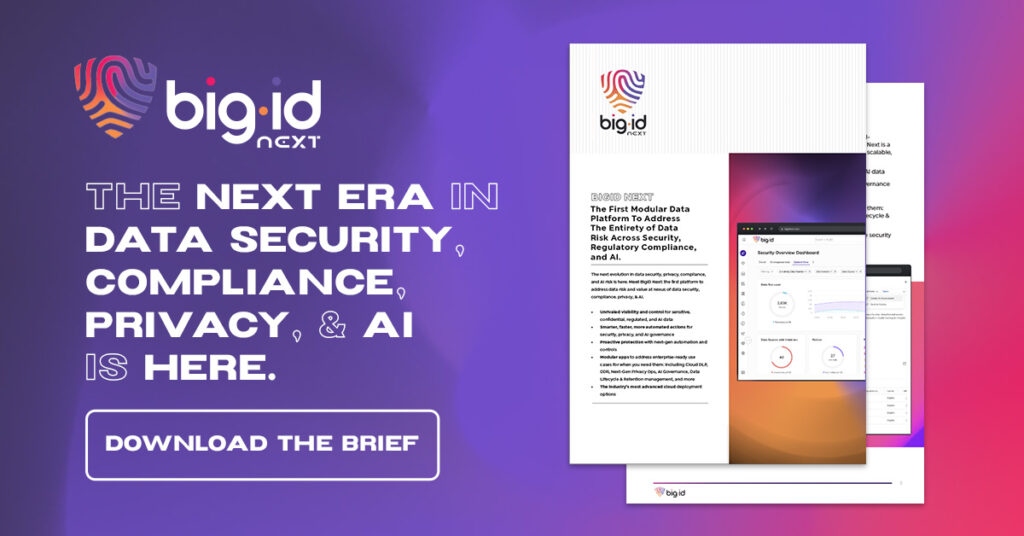If your business stores customer data — and, let’s face it, it probably does — you’re responsible for ensuring that any personal information is protected. It’s a legal requirement as well as an ethical obligation.
However, it’s sometimes necessary to share information, either within your business or with third parties. How do you effectively give people the information they need to do their job while protecting the privacy of your customers?
Data redaction is one of the most effective ways of doing so.
What Is Data Redaction?
Data redaction is the process of hiding parts of shared information that might be sensitive or confidential — often in a way that’s permanent in the version being shared. It’s about concealing those details from people who don’t need to see them, while still giving them access to what they do.
How does that work?
Let’s say you run an e-commerce business and collect customer information to fulfill orders. Customers create an account on your website with their email address and password. If they buy something, they provide an address where the item will be shipped. Your marketing department needs their email address to send them targeted offers. However, they don’t need to know their home address or password. Your shipping center might need their home address, but not their payment details, which the accounts team might need.
Before automated digital productivity and marketing tools, it wasn’t easy to share the contents of the database with each department. You had to take a printout of the spreadsheet with the customer information, and then, depending on the department, you’d have to black out all the information they didn’t need to see.
That’s data redaction in its most basic form.
Of course, we no longer rely on spreadsheets and Sharpies to hide sensitive content. Automated tools, often intelligent enough to evaluate the data needs and permissions of the user, can redact information in real time.
Data Redaction vs Data Masking vs Data Anonymization
Now that we know what data redaction is, let’s see what it’s not. Masking and anonymization are two other techniques of hiding sensitive information from unauthorized views. However, while they might seem like they are all the same thing, there are some crucial differences.
Data Redaction
As we’ve discovered, it’s a permanent method of hiding certain bits of personal or confidential information. In this case, “permanent” doesn’t mean the data item is deleted forever. It simply means that, in the mode of communication, the relevant bits of information are hidden in a way that cannot be undone.
For example, if you send a PDF file with redacted information, the viewer cannot retrieve the hidden information at all. You still own the complete, unredacted copy; the permanent redaction is only for the copy you sent.
Data Masking
While masking also conceals sensitive information, it does so by replacing it with fake values. For example, a name might be replaced with “John Doe” or “Jane Doe.” This isn’t a permanent change — it is, by design, reversible if you have the right credentials or tools.
Data masking is often used when developers need access to data for testing. This method gives them realistic-looking information without revealing the personal details of customers.
Data Anonymization
Where redaction and masking keep the original data intact in some form, anonymization removes personal identifiers completely and irreversibly.
So, when is that useful? In certain cases, like large-scale analytics, data sharing with vendors, or AI development, parts of the information are important. However, the personal information attached to them isn’t.
For example, you’ve got your sales reports for the last 10 years. Using the product information contained within it, you want to gather intelligence about trends. You only need the products and the month in which they were bought. Everything else is redundant.
However, the database contains personal information about the customers, including their names, email addresses, home addresses, and payment details. In this case, you’d anonymize all the personally identifiable information (PII). This leaves you with the sales and product information that you can analyze — or even share — without worrying about privacy violations.
Another reason why anonymization can be important is that some privacy laws require it. You’re liable if your actions lead to the exposure of consumers’ personal or sensitive information. By anonymizing it, you can use or share it without risking exposure and limiting your liability in case of a breach.
Why You Should Redact Data — and How It Helps Your Business Protect Sensitive Information
Compliance and Reduction of the Impact of a Data Breach
One of the most important reasons why you’d redact sensitive data is to comply with privacy regulations. Laws like the General Data Protection Regulation (GDPR), California Consumer Protection Act (CCPA), and others are very clear that protecting the privacy of consumer data is your responsibility.
If your business faces a data breach, and it’s found that you hadn’t put in adequate measures to prevent such an incident, you can face legal action and hefty fines.
Redacting data will not prevent a data breach. However, it will limit the exposure of sensitive personal information that your business has collected.
A breach isn’t the only way you can inadvertently expose the PII of your consumers. If you share or sell business data to third parties, you need to be careful not to share sensitive information. Redaction helps you give vendors and third parties the information they need without the risk of a privacy violation.
Data Sharing Made Easy
Data privacy laws are quite clear; a person’s personal information shouldn’t be available to anyone who isn’t allowed to view it. That includes people within your organization.
Data redaction allows you to give employees what they need to do their jobs, without putting you at risk of a lawsuit. It helps you implement the principle of least privilege, so you can enforce context-based access control.
Reduced Risk for Your Business
Unlike the dramatic portrayal in movies, data leaks or breaches aren’t caused by hackers furiously typing on their keyboards. They are usually the result of an employee responding to a phishing email or not following data security protocols.
Of course, everyone should be educated on cybersecurity best practices. However, redacting any personal information in documents means lower risk for you. Even if a mistake from an employee leads to exposed data, it’ll still be restricted to their access level.
Data redaction also lowers your overall risk, as you can protect your business intelligence without having to delete it forever. It’s the perfect middle ground between the permanence of anonymization and the dangers of freely available data.
Enhanced Trust With Customers and Partners
Redacting sensitive data demonstrates that you’re serious about protecting your consumers’ privacy. It also signals to your customers, partners, auditors, and insurers that you follow responsible data practices. This helps build trust all around, helping your reputation. As a result, you gain a competitive advantage over others who might not be as stringent about their data protection.
Redaction Techniques: Static vs Dynamic Data Redaction
Not all redaction works the same way. In fact, how redaction is applied — and when — can make a big difference in how effective and scalable it is.
Static redaction is applied only once to a specific file or document. It’s often a manual process or applied during export, like when generating a PDF from a database or exporting a spreadsheet. The redacted data, in this instance, is permanently removed from this version of the document.
This can be a time-consuming process if done manually, which it usually is. Even if you use software, someone has to provide it with the rules for redaction in each instance. That is, if they aren’t selecting and redacting text by hand.
Manual redaction comes with the added risk of an improperly done job. If it’s done incorrectly, personal data such as social security numbers and even the last 4 digits of credit card information can still be exposed.
Dynamic redaction, in contrast, is more efficient and scalable. It redacts data in real time, using user roles, attributes, or context. It doesn’t change the underlying data; only what the viewer is allowed to see.
Because redaction is handled dynamically based on who’s viewing the data, it scales effortlessly across systems and teams. There are no duplicate files or manual work. It also helps enforce least-privilege access by ensuring that no one sees more than they should, regardless of how or where the data is accessed.
Benefits of Data Redaction with BigID
Whether you’re applying redaction statically or dynamically, doing it at scale requires more than a marker or manual review. That’s where BigID comes in.
BigID’s data intelligence platform helps you discover, classify, and redact sensitive data across your entire ecosystem, whether it lives in documents, databases, or cloud environments. It enables both static redaction (for things like exported PDFs or legal disclosures) and dynamic redaction, where sensitive fields are hidden in real time based on user roles and policies.
By integrating redaction into broader data governance and privacy workflows, BigID helps businesses:
- Reduce data exposure and compliance risk
- Protect personally identifiable information (PII), financial data, health records, and internal IP
- Automate redaction at scale across unstructured and structured data
- Maintain data utility without compromising privacy
Explore how BigID handles data redaction, masking, and more — or schedule a demo to see how it fits your data protection strategy.


